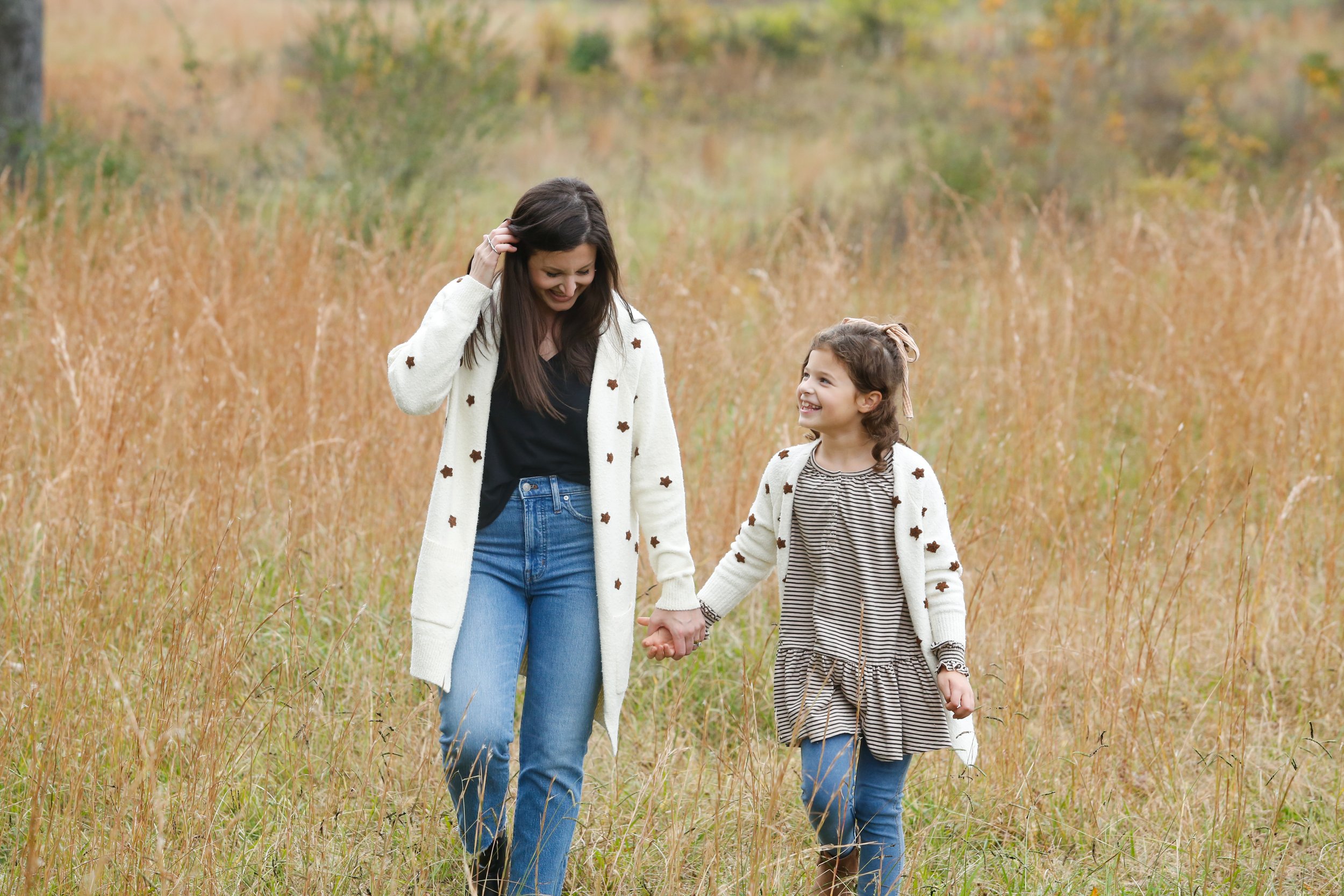How to Heal | Part One
This past fall, I gave a TEDx talk about how seasons of pain and darkness can often be the catalyst for incredible growth.
If you haven’t listened to my TEDx talk yet, you can view it here!
But the reflection I did while planning that talk opened up new insights on what healing looks like, and ever since, I’ve been receiving questions on what it looks like to intentionally choose healing and growth.
Just like a child’s skinned knee that scabs over before it heals fully, or a bone that has to be re-broken so it can set correctly, inner healing can often be painful and uncomfortable, and to begin, you have to get beneath the skin.
So let me share with you what I have found to be the single best place to start to heal and grow:
The best thing you can do to begin wholehearted healing is to learn to reparent yourself.
If you have a pulse, you’ve probably experienced trauma. When you experience trauma, or a situation when your life (or life as you know it) feels threatened, you enter survival mode.
Survival mode is lonely. You’re backed against a corner, you don’t know who to trust, and you feel like doing everything yourself is the only way you can stay safe.
Sure, you’re independent, but all your attention is focused on surviving, not thriving.
This is why it comes back to reparenting yourself. Do we expect our children to carry the burden of survival? No!
A child’s role is to be cared for. To simply exist in the world and belong to a family.
Some of us may not have been parented that way in childhood. We might have had to grow up too quickly, or had parents who tried their best but still left us feeling lonely. We might have been told that we’re too sensitive or too loud or too timid.
The beauty of being an adult is that you get to decide how you want to speak to your inner child. Because you have needs and hopes and fears that deserve kind attention. And while you can’t control how your actual parents responded to those needs, you now get to choose how you respond to those needs.
Shame often follows trauma. And you don’t have to have a life worthy of a Discovery channel docudrama to have experienced trauma.
The first step in healing is removing that shame and loving the child that’s still alive in you.
How can you do that?
Try swapping some of this common shaming language for some child-honoring language:
Instead of…
“I hate my house. I know I shouldn’t feel this way. I’m a horrible person for thinking this. I should be grateful I have a home.”
Try…
“It’s ok to feel this way. You are safe to feel exactly what you’re feeling right now. This doesn’t mean you are a terrible person. This means you are human .”
Instead of…
“I just ate that cheese danish for breakfast. I need to work out to burn off those calories.”
Try…
“I don’t need to earn food that tastes good, and when I work out it’s because I love my body and want to take care of it.”
Instead of…
“I can’t believe I just got that woman’s name wrong. That’s so embarrassing!”
Try…
“I can’t think of anyone who hasn’t mixed up someone’s name once or twice. I can’t wait to make someone else feel more comfortable next time this happens to them.”
Instead of…
“I’m so incredibly tired. I’ll rest as soon as I finish doing the dishes, folding the laundry, and packing tomorrow’s lunches.”
Try…
“What do I need to do right now to have my best possible day tomorrow, and what can wait? I bet it'll take me a lot less time to do easy chores after a full night’s rest.”
Why don’t you try some swaps out this week, and choose to give yourself the love and comfort that maybe you didn’t receive from anyone else? It’s not too late.
Find all of the How to Heal series blog posts here.

